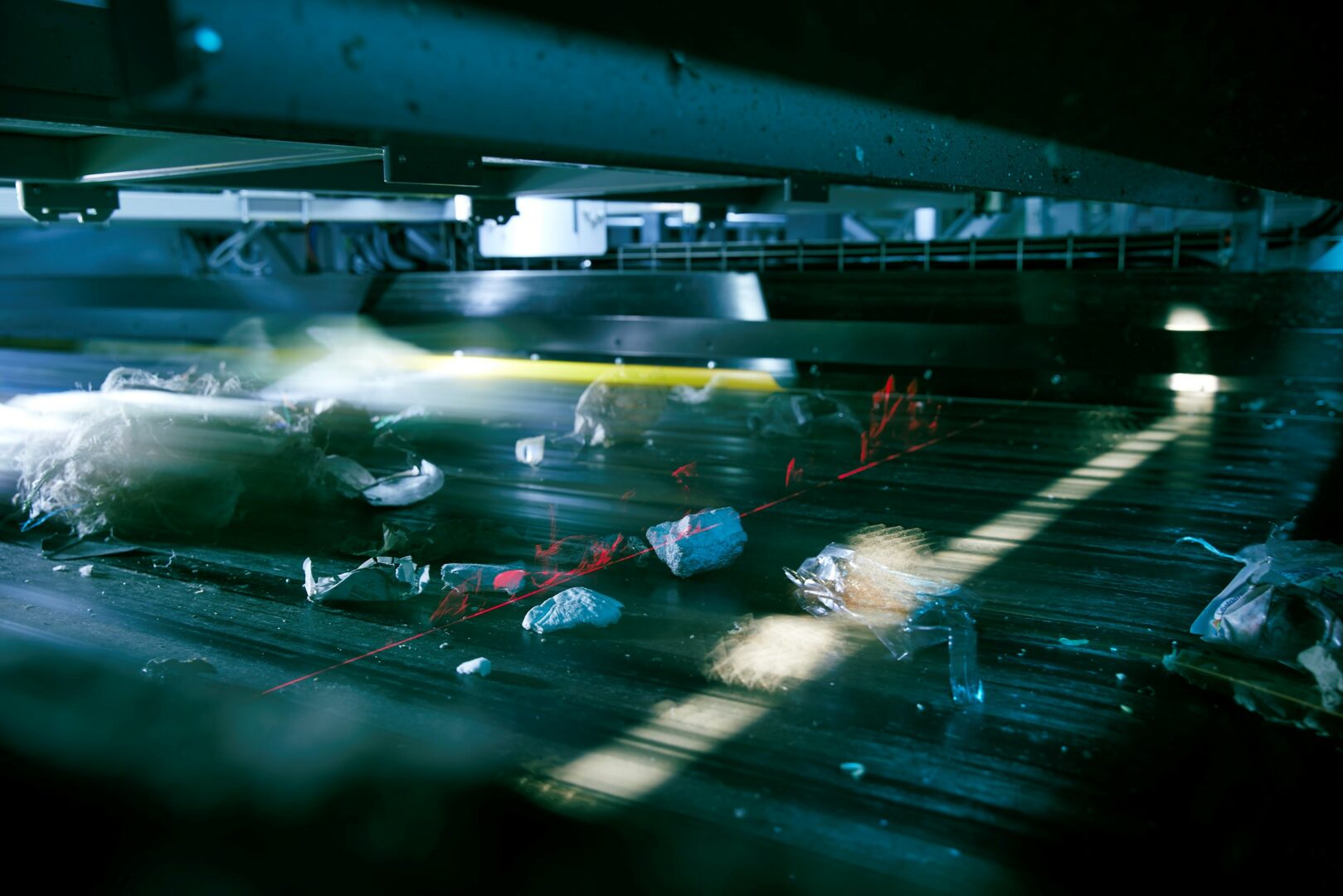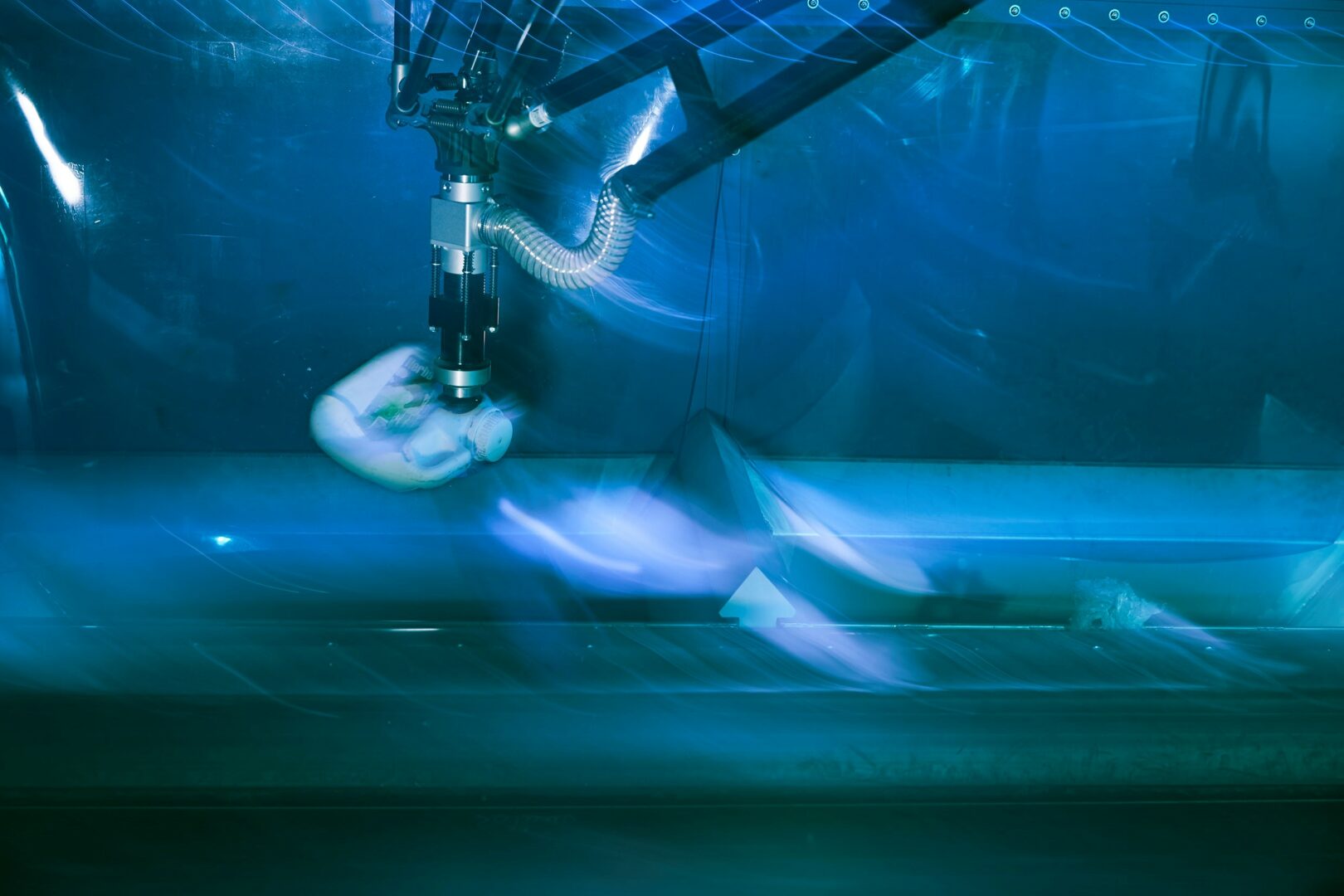After almost a year of construction, up to 120,000 tons of lightweight packaging from the yellow sack will be processed for recycling outside the gates of Munich every year.
The plant, with a capital expenditure of about 40 million euros, provides 50 crisis-proof jobs and was built as part of a strategic partnership on the site of the local Wurzer Group. In the future, the plant can be in operation around the clock, 365 days a year.

Photo: PreZero
The latest technology is being used in the sorting process: Black scans identify black plastics that are difficult to sort in conventional plants. Furthermore, the latest generation of sorting robots support employees in quality control and re-sorting. Based on artificial intelligence, the fully automatic sorting plant will surpass all of sorting quotas prescribed by law under the Packaging Act adopted in 2019.
The collected packaging material is sorted into a total of 18 different fractions. This includes the types of plastic, polypropylene, polyethylene terephthalate (PET), polyethylene and polystyrene. Unlike in other plants, the respective fractions can also be sorted by color. Using the latest detection technology and innovative separating units, manual sorting can be largely dispensed with.

Photo: PreZero
Carsten Dülfer, CEO PreZero Germany: “With the commissioning of the plant in Eitting, we’re expanding our existing network of high-performance lightweight packaging sorting systems, not just in terms of space, but also in terms of quantity. With a total annual capacity of all our plants in Germany of around 600,000 tons, we’re establishing ourselves as part of the absolute frontrunners in this market segment.”
The commissioning of the new plant is another important building block in the sorting of recyclable materials in order to produce new products from them. Christian Kampmann, Head of Business Unit Sorting: “With regard to our international structures, we are closing a geographical gap with the location in Eitting. In particular, our recycling plants in Austria and Italy are very easily reached from a logistical point of view. In future, they will be able to access material that has been processed according to type and use it for subsequent production processes.”











